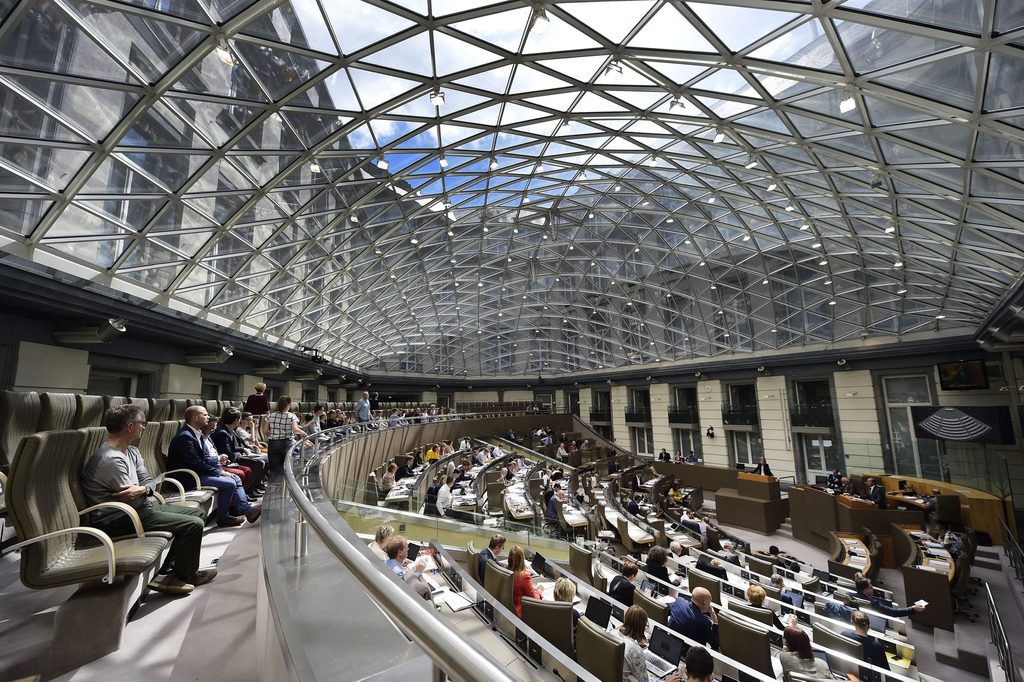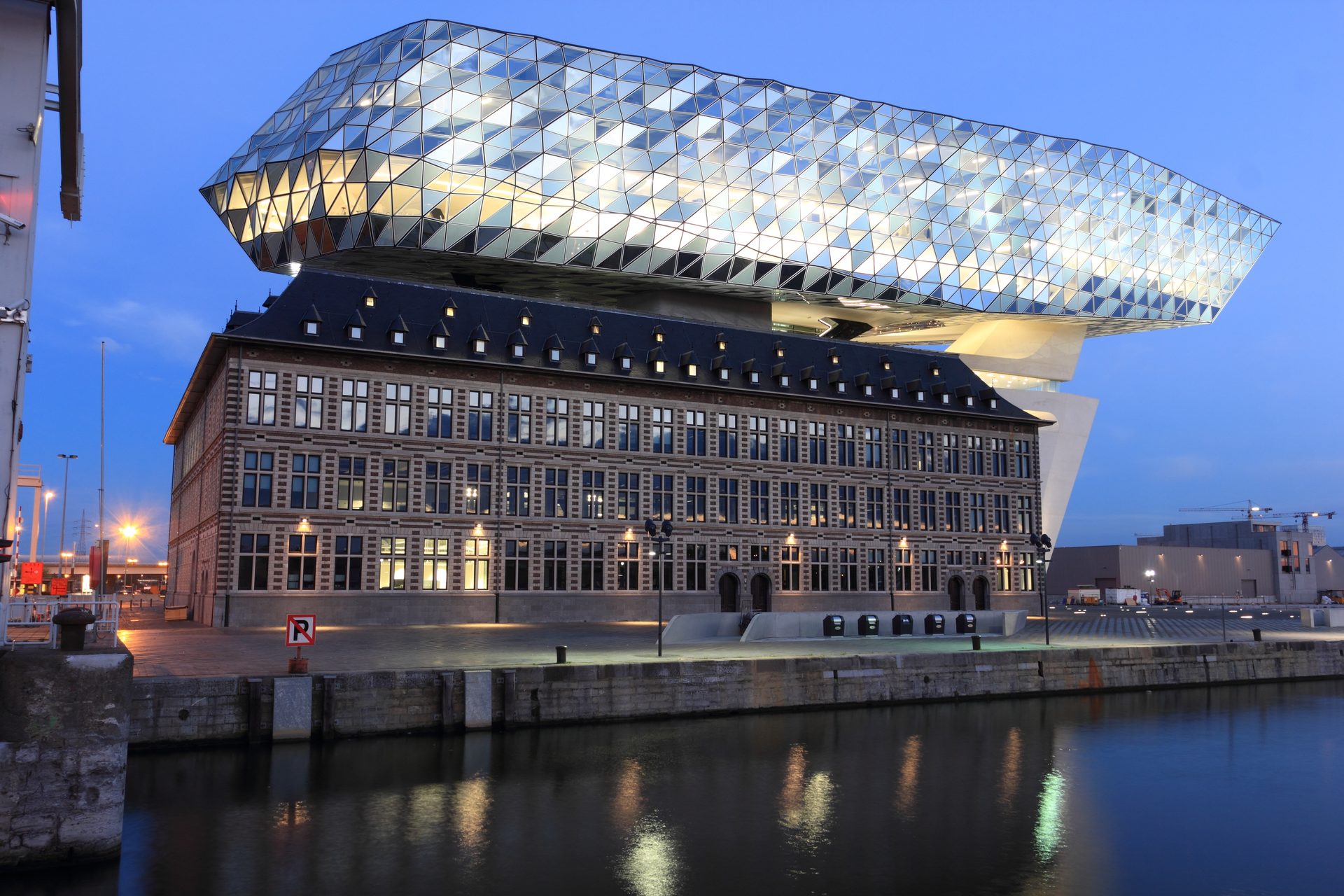Belgium, once criticised as the "ugliest country in the world," has experienced a remarkable transformation in its public architecture in the last 20 years.
Over the past two decades, Flanders has become home to some of the most outstanding public buildings on the planet. This shift can be attributed to the introduction of the Open Call system by the Flemish Government Architect. By examining the evolution of public architecture in Belgium, it is possible to gain insight into the factors that led to this remarkable change.
In the late 1990s, Belgium faced a pivotal moment when Finance Minister Wivina Demeester inaugurated two new government buildings in Brussels' northern quarter – a region infamous for its uninspiring office blocks.
Appalled by the lack of quality in these structures, Demeester took action and established the position of Flemish Government Architect in 1999. Bob Van Reeth, the first appointed Flemish Government Architect, introduced the Open Call system, marking a significant turning point in Belgium's architectural landscape.

The Flemish Parliament. Credit: Belga / Yorick Jansens
Unlike traditional international competitions, the Open Call process focuses on collaboration rather than a finalised design. The Flemish Government Architect invites architects to submit a statement of intent and work samples instead of fully developed designs.
A panel of experts selects a diverse mix of architects, including both established firms and emerging talents, to meet with the client and develop a design strategy. This democratic approach has attracted Pritzker prize winners alongside recent graduates, fostering a creative and inclusive environment.
"The Open Call process is now well-established and generally accepted by all public actors," Brussels-based architect Andrei Miulescu told The Brussels Times. "These decide who designs any specific architectural project through a two-phase selection. An architectural jury of around ten recognised professionals is responsible for selecting the best architectural proposal after analysing at least five entries."
"The urban-definition studies are now well-structured and include long phases of public debate and participation, and the ensuing programs are approved and accepted by the local communities."
Open Call's impact
The Open Call process has produced remarkable results, showcasing the power of collaboration and innovative problem-solving. Architects engage in open discussions with clients and other participants, leading to unexpected synergies and cost-effective solutions.
For instance, a kindergarten and park depot in Antwerp were initially planned as separate buildings. However, through the Open Call, the municipality realised the advantages of combining the two, resulting in improved functionality and cost savings.
Other aspects of the Open Call process, in cooperation with regional authorities, help to target and improve the poorer areas of major cities in Belgium and encourage Public Architecture projects to focus on these areas.

The Flemish Government in the new Virginie Loveling building in Gent. Credit: Belga / Philippe Francois
"Under the supervision of the regional urban management, local authorities organise a small-scale refurbishment policy called contrats de quartier – neighbourhood contracts that enormously improve the living conditions of the poorest and most disadvantaged areas," said Andrei Miulescu.
"These policies include housing, small and medium start-up incubators, kindergartens, neighbourhood centres, sports centres and schools. Small medical facilities also fit this general urban strategy, which has had great results since the end of the 1990s."
Changing perceptions
The Open Call system has not only improved the efficiency and quality of public buildings but has also contributed to changing the perception of Belgian architecture. Previously criticised for its indifference and mediocrity, Belgium has seen a surge in architectural excellence. Libraries, schools, concert halls, and bridges now grace Belgium's once-derided landscape.
"Diversity is one of Belgium's and Brussels' trademarks. Architecturally, Belgian cities are not homogenous. This increases local architectural diversity, allows for more experimentation and favours syncretism," said Andrei Miulescu.
"Tournai and Kortrijk (Courtrai), two small towns with a rich history, are exciting examples of how local and historical patterns merge with contemporary 'star' architecture interventions. The urban fabric of these cities inspired the work Portuguese architects Aires Mateus and Souto de Moura accomplished there.”
Related News
- Art Nouveau splendour: Lessons from Maison Hannon
- Jewish Museum of Belgium to be completely renovated
The success of the Open Call system offers valuable lessons for public authorities worldwide. By emphasising collaboration and transparency, this process ensures better architectural outcomes and broader opportunities for architects.
In contrast, many countries, including the UK, struggle with cumbersome procurement practices that stifle innovation and exclude smaller firms. Focusing on reforming procurement processes rather than imposing stylistic preferences is the key to improving the built environment.
Belgium's transformation is a testament to the power of visionary leadership and collaborative processes. The Open Call system has nurtured a rich architectural culture, enabling architects to create pragmatic, thought-provoking and inclusive spaces.
As Belgium continues to inspire the world with its architectural achievements, it is crucial for other countries to embrace the lessons offered by the Open Call process, fostering a more collaborative and inclusive approach to public architecture.

